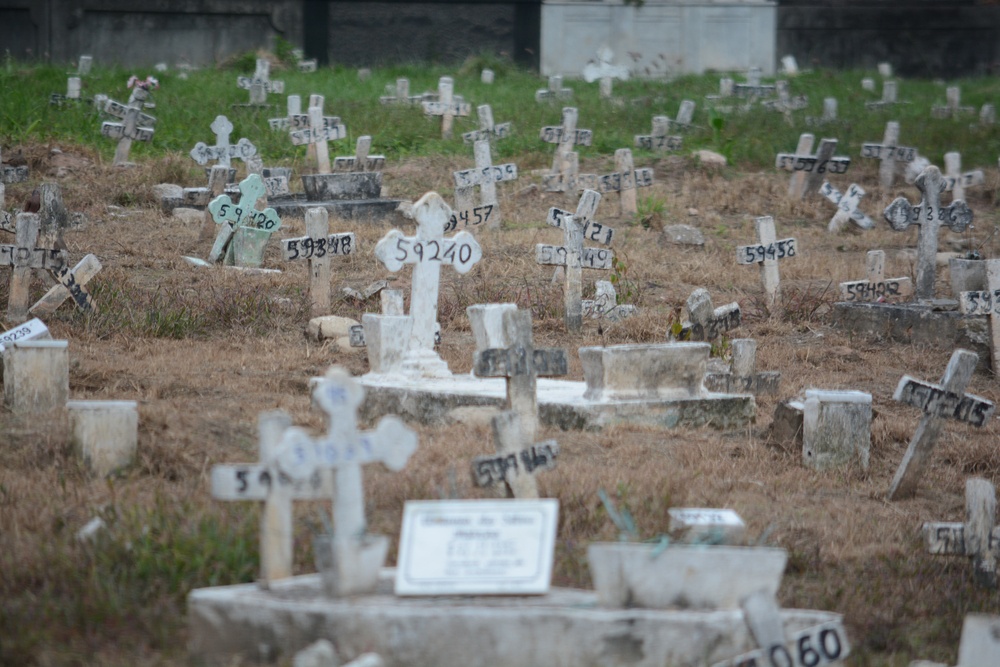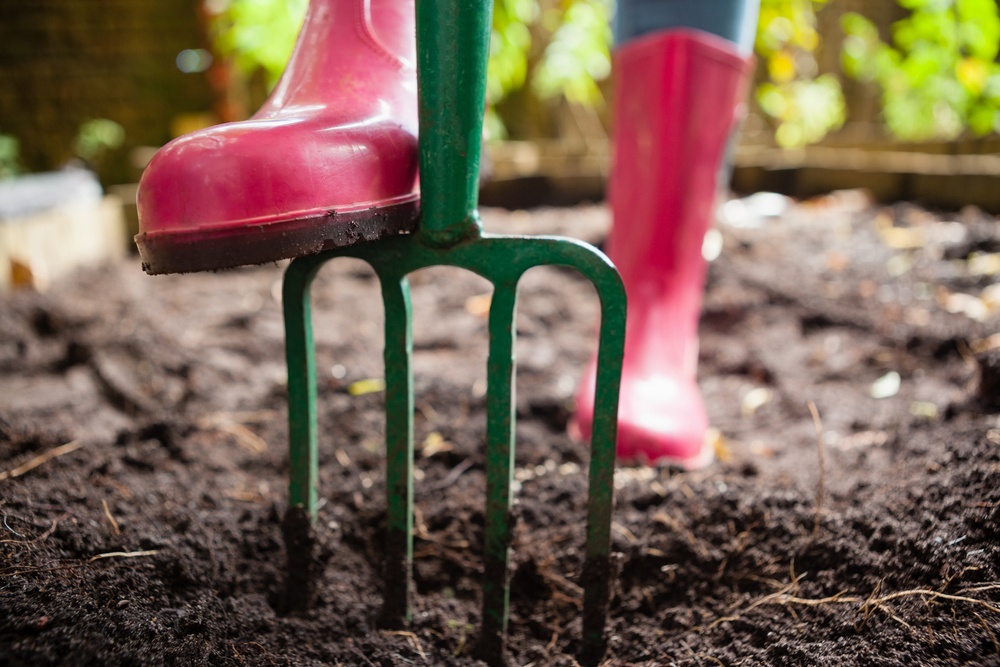By Thameenah Razeek
Imagine yourself in your white school uniform with tie, carrying books and lunch box in your bag, and carrying a pair of shoes in your hands as you head towards school because if you walk with your shoes on, you may have to stay at home for the next two days.
This about a mother, who is a diabetic, has a ‘toe’ wound that needs dressing and treatment at the hospital, but no vehicle will come to your doorstep because if it does, it may never move again, as its engine may stall.
Consider performing your daily routine for more than three months trapped inside a house, with muddy water inside, and all what you could do is tirelessly ensure that your family, particularly your children, are safe in bed and no household goods are saturated.
For around 32 Grama Niladari Divisions out of 46 in the Wattala area, these ‘imaginary scenarios’ are a daily reality. In these 32 Grama Niladari (GN) Divisions, the majority of children, teenagers, parents, and the elderly live in their homes surrounded by contaminated water.
Wattala’s Hekiththa area, which is adjacent to the Kelani River, has been inundated for more than three months due to constant heavy downpour and a lack of an effective drainage system. There are approximately 200 households in the area, some of which have title deeds and others do not. However, the majority of the people have been dwelling there for 15 to 20 years.
Children are the worst affected. They ‘habitually’ put on their white uniforms and walk barefoot, carrying their pair of shoes in one hand and the schoolbag in the other, through a flooded passage until they are able to wear their shoes and tread to the nearby school. This routine is repeated on their return.
This flooded hamlet and its inhabitants fight for survival in houses surrounded by water and, on occasions threatened by the presence of crocodiles, snakes and other reptiles, apparently making their way from the Kelani River. Houses had been built on ‘donated’ marshy lands. Everyone who has to get home in this ‘tiny village’ must wade through the muddy water, regardless of whether they would contract infections.
Pathetic existence
Dilakshi, a 33-year-old mother of two, lives in a shelter with a sewing machine, a bed with a burning coil of mosquito repellent net next to her. Dilakshi has been a resident of Dutch Village (Olanda Gammanya) for almost eight years, and the last time her home was flooded was a week ago due to a light rain. Her house is made of timber, and every time it floods, the wood keeps decaying.
In another development, a mother of two in the same village claimed that her house collapsed during a major flood about three months ago when their village was quarantined as a result of an outbreak of coronavirus in the area. These families have been living in this village for more than 10 years and all of them have title deeds with them, despite the fact that they have been virtually built on swamps.
Meanwhile, it was observed that the authorities concerned had built a drainage system in the name of sustainable development, with the drain built three inches above the road surface. This drain has eventually become partially blocked. It would hardly serve as the inflow of water from the road and drain out to a suitable location. Sadly, this demonstrates the sluggish approach and the failure by the relevant authorities to create the necessary groundwork for an effective drainage system.
The Government’s potential Liquefied Natural Gas (LNG) power plant Project in Muthurajawela will possibly inundate more than 200,000 residents located in an area of more than 5000 hectares in Wattala as a result of filling around 100 acres in the Muthurajawela Urban Buffer Zone (UBZ) in the backdrop of implementing a nonviable infrastructure where large numbers are living under water logged conditions.
The Sri Lanka Land Development Corporation (SLLDC) has planned to recover the said land with 1.5 million cubic metres of offshore sand, as confirmed by the Divisional Secretariat Wattala. SLLDC, however, had prepared an Environmental Impact Assessment (EIA) report pertaining to the 100-acre Muthurajawela wetland.
No compensation
Reviewing the EIA, SLLDC’s Additional General Manager Chalukya Amarasinghe said, while they have observed that the neighbouring land of the 100-acre land is prone to flooding, no relevant authority has agreed to compensate the families who will face a major disaster as a result of the said project.
He further said the risk of flooding is high, due to many illegal settlements on the marshy lands, downsizing the Muthurajawela wetland. However, he emphasised on the grey areas where various concerns on the power plants could arise, such as the lack of an overall habitat management strategy, while also indicating that the SLLDC has designed a drainage system. “The Muthurajawela marsh land receives water from direct rainfall, runoff from the Attanagalu Oya Basin and catchments in the adjacent higher lands, the Kalu Oya, and the Kelani Ganga,” he explained.
Clarifying the prime concern, he noted that if the power plants are built, there would be a significant decline in irrigation, and that the CEB should focus on seeking expert advice from professionals on how to address the foreseeable ‘irrigation calamity’. “We see no such interest or action taken by the CEB or any other officers looking for possible remedies in this connection. In the wake of the massive structures lined up for erection on the marsh, hampering irrigational activities would lead to dire consequences in the long run. When a State-run institution embarks on a national programme of this magnitude, it should look at issues with an open mind and seek expert thoughts, ideas and proposals with a view to ‘balancing’ the impact,” he said.
The proposed site for the power plants being a water-catchment area, Amarasinghe expressing his concerns said, if the catchment area is gone, there will be no alternative but to drain out the water. “A large amount of rainwater is collected here, which would otherwise be spilling onto roads and cities, and the water ‘sits there’ for a considerable time before we are compelled to open the flood gate in the Ja-Ela area. If the CEB pursues with its plans to build the power plants, SLLDC has recommended to construct an additional gate, diverting rain water to the sea to prevent water from spilling into urban areas,” he said.
Sweeping the subject of flooding under the carpet, he said that while they had already identified Wattala as an area prone to flooding, he said that the majority of the population are living in low-lying areas and there may be a public outcry on their homes being inundated.
Nobody’s baby
When asked about the compensation mechanism, the SLLDC said that the said project is an initiative of the CEB with no one coming forth to discuss the topic on compensation or providing an alternative. “We intervened, because we are the regulatory agency that grants approval for land reclamation. Some of the residences in low-lying areas are already inundated and they will definitely ‘raise their voices’ once the power plants show up, vehemently protesting that their homes are getting flooded,” he said.
Meanwhile, the Gampaha District Forest Office has expressed their concerns regarding the 100-acre site in Muthurajawela, stating that the area belongs to them and disputing the outcome of the EIA which according to them, has been conducted, without considering major downsides.
In a letter to the Conservator of Forest (Planning and Progress Control) at the Department of Forest Conservation, Forest Officer Devani Jayathilaka claimed that 63 out of the 100 acres belong to the Department of Wildlife Conservation and 42 acres are in the custody of the areas’ Divisional Secretariat. As a result, she stated that the title of the land is with them and that conducting an EIA without their consensus raises issues concerning the transparency of the evaluation.
While corroborating Jayathilaka’s assertion that part of the site is in the custody of the area Divisional Secretariat and the remainder is with the Government, Amarasinghe stated that the Government had planned to build a Hindu Cultural Centre on the said area in the mid-1990s and, however, a Bo tree, had been planted at the time, in the same location. “Since the majority of the people are Catholic, no one worships this Bo tree. The Chief incumbent of the Bodhimalu temple has proposed two options viz. uproot it, upon conducting appropriate religious ceremonies or replant it on a segregated location within the project site and allow followers to worship while the power plants are operational,” he said.
When queried whether the Department of Wildlife Conservation has authority over the others, he responded as ‘no’, and said that those areas have been declared as ‘Wildlife Conservation’ although the land areas do not come under their ambit.
In response to another query whether the CEB owns any of the properties in question, Amarasinghe said that the Government had agreed to provide the said land to the CEB upon Cabinet approval for the power plant projects.
However, claiming ownership of the site, CEB’s Additional General Manager, Eng. G. J. Aluthge, said the Government has allotted plots of land to CEB for the construction of LNG Power plants, and the project would get off the ground as envisaged.
Meanwhile, a team from the Gampaha Forest Office indicated that around 217 fauna and 84 flora species could be endangered if the 100 acres of land were utilised to build the power plants.
According to the SLLDC’s EIA report, the Dutch Canal will be widened and dredged near the Kerawelapitiya interchange (approximately 400m in length) and improvements to the drainage system will be made prior to ‘land filling’, which the team from the Forest office said, will harm the Dutch Canal’s fragile ecosystem and flora.
Flood-prone
According to Amarasinghe, the project area consists of a marshy-flat terrain, and around four acres of this land has been filled. Forest officers have stressed that the project area will be stretched across a plain wetland and will span an area of approximately four acres. “In fact, this project location is in the Gampaha District’s lowest land area in terms of sea level. During the rainy season, water from the Ja-Ela and Wattala Divisional Secretariats will be collected in this region. The reclamation of four acres, on the other hand, may flood the Ja-Ela and Wattala Divisional Secretariats after severe rains. Following the completion of this project, the inhabitants of the aforementioned Divisional Secretariats will face a larger threat than the threat of flooding to Kotugoda, Ekala, and Minuwangoda districts caused by the recent landslides on the Gampaha Expressway,” they stated.
SLLDC conducted a field ecological assessment and recorded 84 flora species, one of which was endemic and two were nationally threatened. According to the survey, native species made up 68 per cent of the total 217 fauna species reported, while exotic species made up 18 per cent. Three of the 217 fauna species observed were endemic, two were fragile, and eight were nationally threatened.
The forest authorities expressed their dissatisfaction with SLLDC’s proposal to restore vulnerable species located in the proposed project area in the Muthurajawela sanctuary area. They pointed out that it is impossible to predict how practical or effective such a replacement will be, and that the unnatural addition of new species to an ecosystem is damaging to its equilibrium. Furthermore, it is unknown whether there are persons in the project who have the motivation and expertise to develop such a replacement once the project has been implemented.
However, as environmentalists have analysed from the project report, it will result in the extinction of species.
No more space
As there is no more space for ecosystem protection, the SLLDC and Forest officers expressed concerns that the entire ecosystem will be destroyed within the proposed project area due to filling of the sand land. They said that the ecosystem’s dependents would lose their food and breeding habitats. Migratory species will lose feeding grounds in the planned site, although these species will have plenty of space in the Muthurajawela Sanctuary and the Muthurajawela Sanctuary’s Buffer Zone.
The EIA has cited that Filaria is endemic in the area and other vector borne diseases that are prevalent in the region are most likely to spread if unmitigated, including Dengue Haemorrhagic Fever (DHF) transmitted by Aedes aegypti and Aedes Albopictus that breed in fresh water collections.
“Japanese Encephalitis (JE) transmitted by Culex tritaeniorhynchis that generally breed in marshes, paddy fields and other stagnant pools. Pig rearing is common among the low-income communities in Muthurajawela, and domestic pigs are considered major hosts, although the disease infects a wide range of vertebrates. Leptospirosis is widespread in the area,” he said.
Sri Lanka has remained a developing country for decades, in spite of more than 70 years of independence and numerous governmental changes. Sri Lanka, as an island, has a wealth of natural beauty and a host of hospitable people. In every election manifesto the phrase ‘sustainable development’ was depicted and displayed and when the progress of developments were scrutinised, it stands no -where near sustainability.
When people have been living in water for years, creating walkways, motorways or port cities is not sustainable development. Treating them as strangers is also not sustainable development. Officers and politicians should explore better, viable options than simply turn a blind eye. Have pity on these citizens who have chosen slums as their haven. Isn’t it high time a housing complex comes into being in the Wattala area to bring redress and relief to the beleaguered?
This story was produced as part of a journalism fellowship under CIR’s ‘Stories from the Margins” initiative supported by the Earth Journalism Network (EJN) and Internews. It was originally published in Ceylon Today Newspaper.




